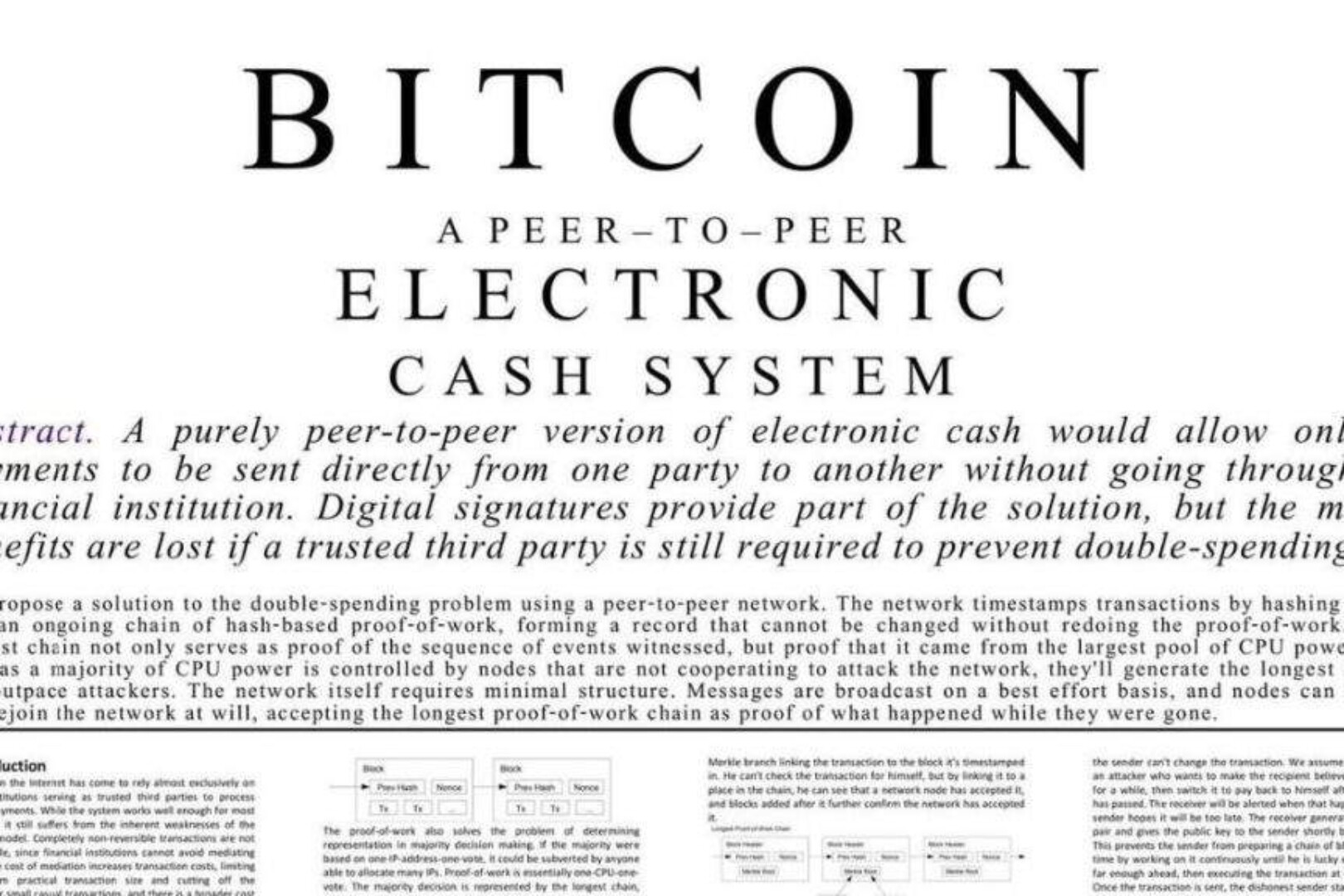"Methane" is the hottest word in the Bitcoin ecosystem recently. As the first fair minted token of the new Bitcoin ecosystem protocol Alkanes, the market value of "Methane" METHANE has exceeded 6 million US dollars, which means that each METHANE is more than 60 US dollars. The editor asked some Bitcoin ecosystem players who participated in the minting, and the cost difference of minting is quite large. If the minting cost of 5 US dollars per piece is taken as the benchmark, then the profit of minting METHANE has exceeded 10 times.
How did the new asset protocol Alkanes come into being when the Bitcoin ecosystem has been deserted for a long time?
Background of the Agreement
The predecessor of the Alkanes protocol was called Protorunes, or "Programmable Runes", and the founders were the same. This thing also briefly attracted the attention of the Bitcoin ecosystem in the middle of last year, when runes were still quite popular.
The protocol founder @judoflexchop is the CTO of the Bitcoin wallet Oyl Wallet. This wallet may not have many users in the Bitcoin ecosystem, but it is still well-known. You can see why by looking at its financing situation:
On March 8, 2024, Bitcoin infrastructure company Oyl completed a $3 million Pre-Seed round of financing, led by Arca, with participation from Foresight Ventures, Arthur Hayes family office Maelstrom, Domo, UTXO Management, Taproot Wizards CEO Udi Werthheimer, Kanosei and FlamingoDAO.
Because of Arthur Hayes' participation, this wallet quickly gained popularity in the Bitcoin ecosystem. In the middle of last year, Oyl launched a Bitcoin NFT project called "Airheads", which caused controversy due to its relatively high minting price. From the perspective of NFT price performance, this is a "failed" project, but recently it has risen by nearly 3 times due to the popularity of the Alkanes protocol.
Although they are all wallets, in the Bitcoin ecosystem, the major wallets are not just wallets. For example, OKX, UniSat, Magic Eden, and the protagonist of this article, Oyl, have many other Bitcoin ecosystem businesses besides wallets. Only Xverse's business scope is relatively "focused". Back to Oyl, in addition to wallets, they also made a Bitcoin RPC called "Sandshrew" and the Alkanes protocol.
Now Oyl is pushing this agreement with all its strength, and the official Twitter account also includes Alkanes:
Reasons for the explosion
Alkanes is a new Bitcoin asset protocol. In general, it borrows from the Rune Protocol's "Runestone" structure, but is more scalable and supports smart contracts. As mentioned earlier, the protocol's predecessor was Protorunes. From the name, Protorunes looks like a "magic version of Rune", but it is not. In short, the Rune Protocol and the "Runestone" structure are like closed iOS, while Protorunes and Alkanes are like open source Android.
Protorunes is equivalent to the "Runestone" of the Rune Protocol. The "Runestone" here is not the NFT with a strong wealth-creating effect in the early days of Rune, but the "transaction data package" of Rune. In simple terms, it is a piece of information embedded in a Bitcoin transaction, which is the basis for the index to determine whether there is a Rune operation in a transaction.
If the indexer finds the "RUNES" mark when scanning the OP_RETURN of each transaction, it will parse the data after the mark, such as etching, casting, transfer, etc. "Runestone" is like an operating guide, and the indexer obtains the index result based on the guide.
"Runestone" is an operation guide limited to the Rune Protocol. It corresponds to the Rune Protocol in a single line, but Protorunes is different. To put it bluntly, we cannot directly let the Rune Protocol indexer implement such an action, "I am a sub-asset protocol based on Runestone, please index me together", but Protorunes can. Everyone can customize a new asset protocol according to the Protorunes data format. These protocols will be assigned a "Protocol ID". The indexer will read the "Protocol ID" to determine which protocol specification to parse according to.
There are some modular chains like Ethereum that make things easier. For developers, they can just use the tools provided by Oyl and don’t need to make their own indexer.
As for the level of smart contract implementation, before the revival of OP_CAT, the basic approach is to store contract data in transactions and execute indexes off-chain, and there can be no deviation from this approach.
In addition to the technical aspects, there are two main reasons why this protocol can gain momentum. First, it has received strong support from the Chinese inscription player group. There is no doubt that the Chinese inscription player group has the most consumption power in the Bitcoin ecosystem. This group is quite special. The PvP perspective of Solana meme coins is redundant in the Bitcoin ecosystem, but it is not easy to win the recognition of the Chinese inscription player group. Once the inscription gains momentum, the speed of spread in the WeChat group will be quite fast and inspiring.
If you search the keyword "Alkanes" on Twitter, you will find that most of the sermons are from Chinese people. The founder of the protocol also sent a Chinese tweet to thank the Chinese community for their support. iDclub, an early forging tool in the Bitcoin ecosystem, created a trading market for the Alkanes protocol, which was also created by Chinese people.
The second reason is that the project owner of this protocol has a great background, and according to the plan they revealed, they are not just launching an asset protocol to "drain traffic" for their own wallets. They also plan to do AMM, BTC staking, stablecoins, MEV tools, and trustless ZK bridges, which is equivalent to building a BTCFi ecosystem around this protocol.
The logic of the whole narrative makes sense: an asset protocol that supports smart contracts, and applications built around this asset protocol. This narrative would be hard to convince people if the project party without background came out to tell it. After all, in the Bitcoin ecosystem, players still have some pain over the decline of Atomicals, and there are too many uncertainties if big things are not handled by mature teams.
Protocol Leader
- METHANE, the first fair minted token of the Alkanes protocol, has a current market value of approximately $6 million. The Chinese meaning of Alkanes itself is "alkane", and the Chinese meaning of METHANE is "methane", so BUTANE "butane" and HEXANE "hexane" are also mentioned by players, but these two tokens currently have a market value of only about $250,000.
- DIESEL, an official token, is also the first token deployed by the Alkanes protocol, with a current market value of approximately $12.6 million. The mechanism of this coin is quite special, with a total of only 1,562,500 coins, 28% of which are reserved by the team, and 72% are produced block by block with each Bitcoin block, and the output is halved according to the Bitcoin halving time. In each block, the DIESEL casting transaction with the highest mining fee will eventually obtain the DIESEL output of the block. In a word, DIESEL is issued once per block, and only one person (the person with the highest mining fee for the casting transaction) can mine DIESEL in each block. Ordinary players can basically no longer cast DIESEL, and scientists will automatically monitor the mining fee situation and keep increasing it.
Because METHANE is fairly minted, the holder group/chip distribution is definitely healthier than DIESEL, and it is fully circulated, so currently on social platforms, METHANE's voice is much higher than DIESEL. If you don't look at the market value but only look at the voice, you will feel that METHANE is the leader. What empowerment will DIESEL have in the future, the official has not yet revealed more information. So METHANE is far superior at the community level, and DIESEL is superior in official background and potential empowerment expectations in the future.
Conclusion
This protocol is still in its early stages, and wallets have not yet caught up with the support for the protocol's assets, so it is best to use Oyl Wallet to interact with the protocol's assets to ensure asset security.
The success of this protocol basically brings together the success factors of the new asset protocol in the Bitcoin ecosystem - "mainnet assets", "fair casting" and "Chinese support", plus the "smart contracts" and the narrative of the ecosystem layer, it has managed to break through the siege when the Bitcoin ecosystem has been deserted for a long time. I hope that the ecosystem can be built up in the future and go further and further.



